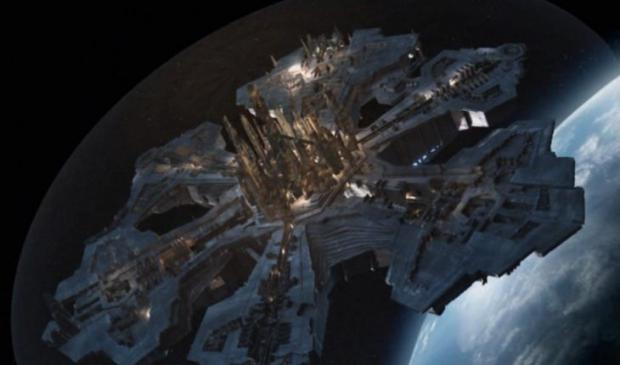
Breaking News
6.5x55 Swedish vs. 6.5 Creedmoor: The New 6.5mm Hotness
Best 7mm PRC Ammo: Hunting and Long-Distance Target Shooting
 Christmas Truce of 1914, World War I - For Sharing, For Peace
Christmas Truce of 1914, World War I - For Sharing, For Peace
Top Tech News
 EngineAI T800: Born to Disrupt! #EngineAI #robotics #newtechnology #newproduct
EngineAI T800: Born to Disrupt! #EngineAI #robotics #newtechnology #newproduct
 This Silicon Anode Breakthrough Could Mark A Turning Point For EV Batteries [Update]
This Silicon Anode Breakthrough Could Mark A Turning Point For EV Batteries [Update]
 Travel gadget promises to dry and iron your clothes – totally hands-free
Travel gadget promises to dry and iron your clothes – totally hands-free
 Perfect Aircrete, Kitchen Ingredients.
Perfect Aircrete, Kitchen Ingredients.
 Futuristic pixel-raising display lets you feel what's onscreen
Futuristic pixel-raising display lets you feel what's onscreen
 Cutting-Edge Facility Generates Pure Water and Hydrogen Fuel from Seawater for Mere Pennies
Cutting-Edge Facility Generates Pure Water and Hydrogen Fuel from Seawater for Mere Pennies
 This tiny dev board is packed with features for ambitious makers
This tiny dev board is packed with features for ambitious makers
 Scientists Discover Gel to Regrow Tooth Enamel
Scientists Discover Gel to Regrow Tooth Enamel
 Vitamin C and Dandelion Root Killing Cancer Cells -- as Former CDC Director Calls for COVID-19...
Vitamin C and Dandelion Root Killing Cancer Cells -- as Former CDC Director Calls for COVID-19...
 Galactic Brain: US firm plans space-based data centers, power grid to challenge China
Galactic Brain: US firm plans space-based data centers, power grid to challenge China
If EMdrive is real and scales with Q factor then we get almost Star Trek level Technology

f the NASA emdrive performance of 1.2 millinewtons per kilowatt.
8.3 TeraWatts of power would be needed to provide 10 million newtons of thrust to accelerate a 1000 ton space-craft at 1 gee of acceleration. We have no power source that could generate 8.3 TeraWatts for a 1000 ton spacecraft.
If EMDrive performance increases with the Q-factor as some have theorized, then we could tune the cavity and make it superconducting. If we take the NASA EM-Drives and pump the Q factor to ~30 million, then about 2 GW power is needed for the sustained 1 gee thrust.
Theoretical nuclear fission reactors could power such a spacecraft. Gas-core or magnetic collimator fission-fragment reactor might be work but have been theoretically designed and have very limited experimental development.A fast-spectrum reactor with a thermal output of ~ 6 GW and ~35 % thermal conversion efficiency would be a first pass design to supply the power. Assuming ~100% burn-up the fuel used over 20 years masses 4.2 tons. If the reactor mass was limited to ~200 tons, then it'd need to supply power at 10 kWe/kg of reactor mass, which is very high performance.

 The State's Last Stand
The State's Last Stand


